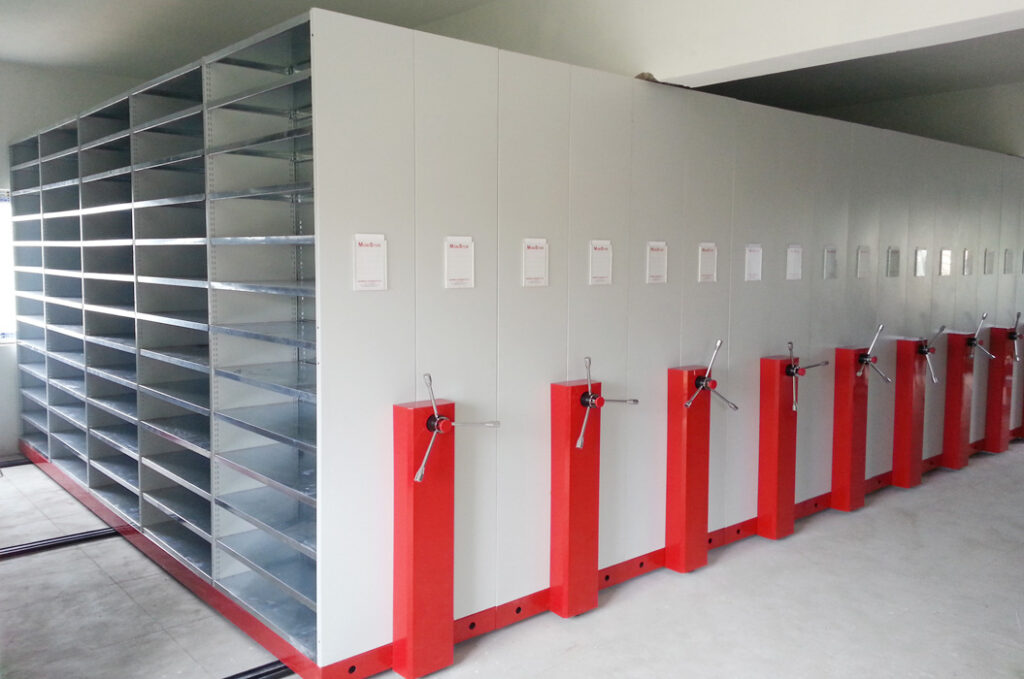When it comes to managing a warehouse, choosing the right type of shelving can have a significant impact on your overall productivity and profitability. With so many different types of warehouse shelves on the market, deciding which one is right for your specific needs can be a daunting task. In this blog post, we will explore some of the most popular types of warehouse shelves and discuss their advantages and disadvantages.

Pallet Racking Systems:
Pallet racking systems are among the most common types of shelves used in warehouses. These are versatile, sturdy, and designed to support large quantities of goods. They are typically made from heavy-duty steel and designed to hold pallets of products, making them ideal for goods receiving and dispatching centers. Pallet racking systems can be useful for creating a high-density storage solution, making the best use of limited space. Their only disadvantage is that they require specialized forklifts to move the pallets around, creating a potential bottleneck in workflow.
Cantilever Racking Systems:
Cantilever racking systems are excellent for storing long, bulky, or irregular items that cannot be stored on pallets, such as pipes, steel bars, or furniture pieces. The horizontal arms of these shelves are designed to extend outward from vertical columns, creating an open bay storage solution. Cantilever racks are easily adjustable, so you can customize the distance between the support arms to meet the height requirements of each product. Because there are no vertical columns to bump into, cantilever racks offer easy access to each item, making them ideal for those who need regular access to their stored items.
Wire Shelving:
Wire shelving is a popular option for those looking to store lightweight or smaller items. These shelves are composed of wire mesh decks that are supported on metal frames. They are adjustable, versatile, and offer good visibility of the items stored. Wire shelving is also cost-effective and easy to install. They do have some limitations, however, as their design makes them unsuitable for storing heavier items or items that could easily fall through the mesh.
Mobile Shelving Systems:
Mobile shelving systems are an innovative solution for those looking to maximize space utilization. This type of shelving solution consists of multiple sets of shelves that all sit on a rolling carriage system. This allows you to compress and move rows of shelves together, creating more space when needed. Mobile shelving systems are ideal for those who need to store a lot in limited space, like high-density storage applications, office archive storage units, and many other applications. The main drawback is that these shelves can be costly and require a lot of maintenance.
Drive-in Racking:
Drive-in racking systems were designed for high-density storage applications, such as freezer and cold storage facilities. These shelves are designed to hold and retrieve large quantities of pallets from a small storage footprint. Drive-in racks work by allowing forklifts to enter the racking uprights and deposit or retrieve the pallets from deep within the system. While drive-in racks can offer significant storage capabilities, they are less versatile and more challenging to retrieve items from than other types of shelving.
Conclusion:Selecting the right long span shelving can seem like a challenge, and the wrong decision can have an adverse effect on productivity and profitability. In this blog post, we’ve touched on pallet racking, cantilever racking, wire shelving, mobile shelving systems, and drive-in racking. Determining which shelving system to utilize comes down to weighing the pros and cons of each option and identifying which one will work best for your specific needs. Undoubtedly, a warehouse shelving system is not one-size-fits-all, but with the right information and guidance, you will be able to make an informed decision.
